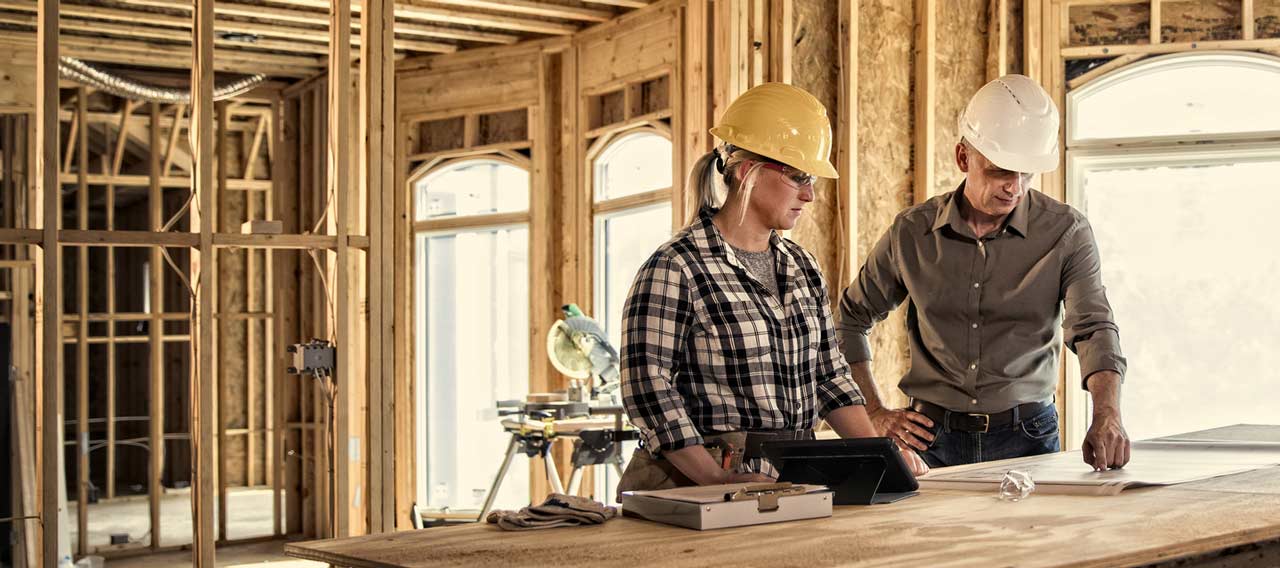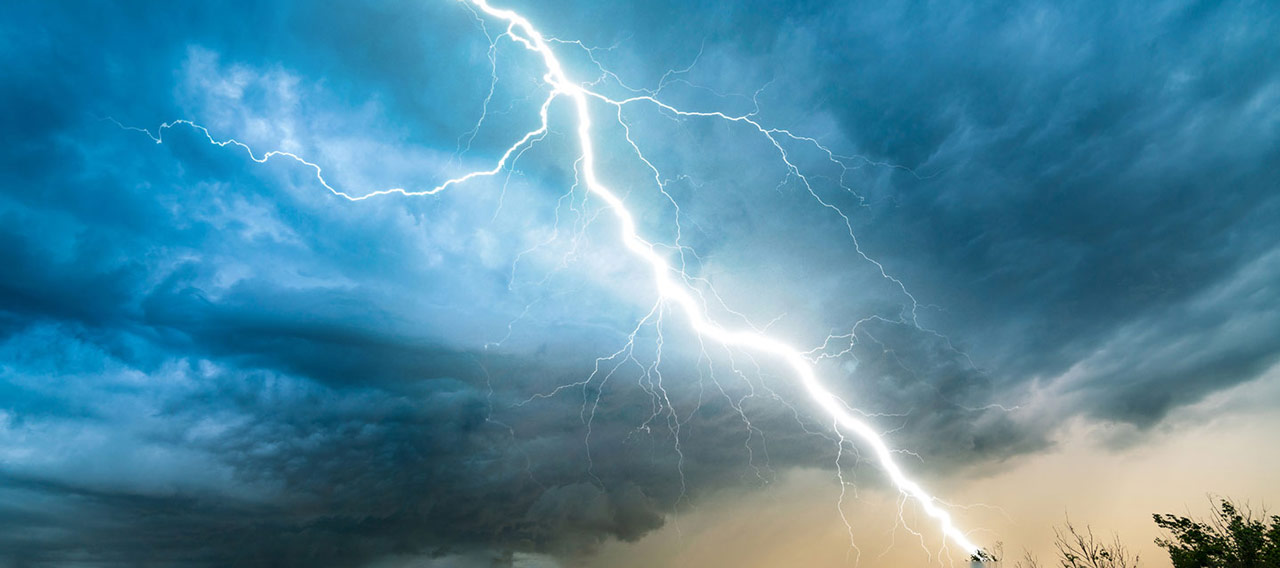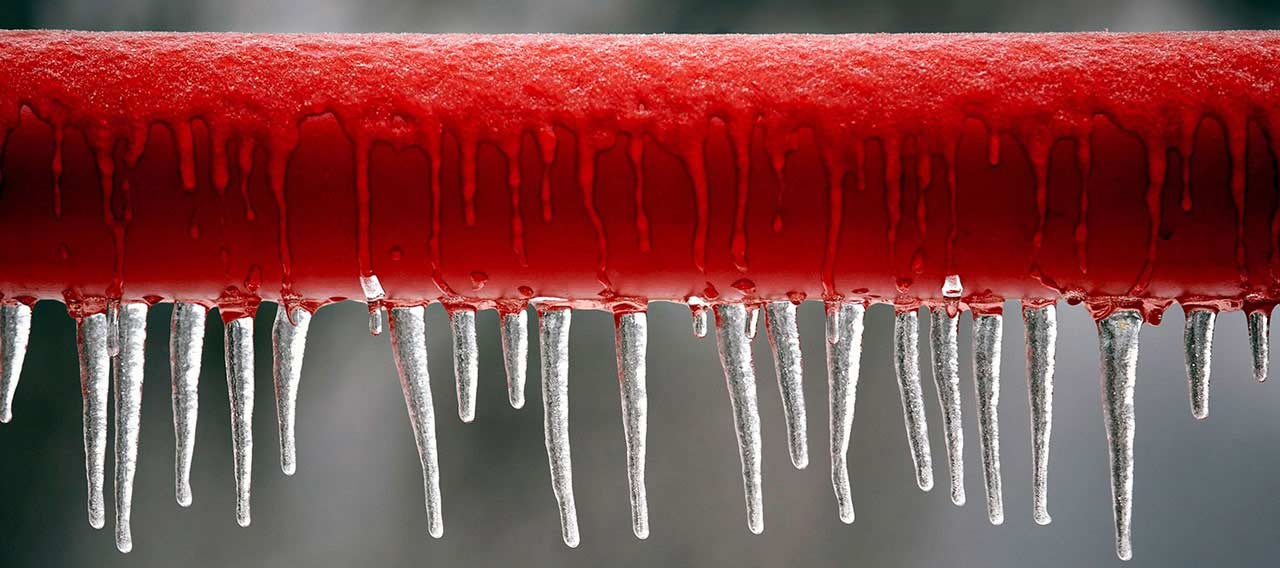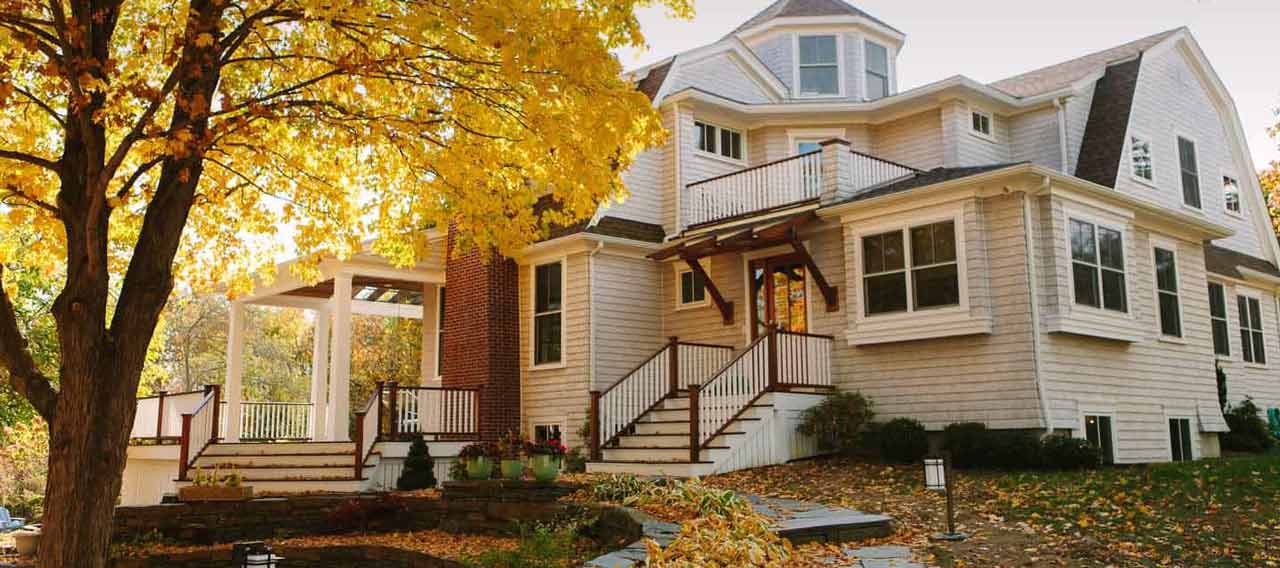Destructive weather events connected to climate change are becoming more severe, widespread, and damaging. In recent years, homes in areas across the country have been battered by windstorms, heavy rains, heat waves, and hail. Wildfires have increasingly damaged and destroyed homes, especially in the western United States and Canada.
Homeowners can help limit potential damage to their property caused by extreme weather by making upgrades with resilient building materials and systems. In addition, some home improvements can also cut energy costs and lower your carbon footprint.
Resilient building materials
The marketplace offers a growing selection of resilient building materials and products aimed at preventing damage. Resilient building materials are designed to inhibit structural failures during catastrophic events, such as extreme weather.1 For home improvements or new construction, consider investing in the following options, depending on the greatest risks in your area:
- Resilient roofing materials—Shingles specifically designed to be impact-resistant can help prevent hail damage. Look for roofing products with a Class A or better fire rating or that have impacting ratings for windstorm events. Certain types of composite shingles—including those made of asphalt, clay, concrete, slate, and metal—are fire-resistant. Roof design and shingle type can also help make your roof resistant to heavy winds.
- Wall sheathing systems—Sheathing systems for exterior walls can provide structural support, insulation, waterproofing, and fire resistance. Ask your contractor or architect about the best systems for protecting against weather and fire risks in your area.
- Waterproof membranes—Water-tight materials made of rubber, plastic, or coated fiber can help prevent water damage to roofs, foundations, and other parts of your home.
- Protective paints and coatings—Paints and coatings vary in their ability to resist heat and rain. Elastomeric paint is more expensive than other types of paint, but it can help your home resist weather damage.
- Masonry, metal, and fiber cement siding—These types of siding can resist hail, wind, and fire damage.
Earthquakes also pose substantial threats to homes in some areas, notably in California. Seismic retrofitting—including bracing walls and bolting a home’s foundation and frame together—can help protect homes from earthquake damage.
Upgrade with the environment in mind
When making upgrades to your home, you can also invest in materials that save energy and help the environment. Some investments will do double duty—protecting both your home and the environment at the same time. Here are a few options to consider:
- Energy-efficient, resilient doors and windows—Specially constructed doors and windows can make your home more energy efficient and resilient to fire, wind, and flying debris.
- Insulating materials—Different insulating materials can make your home more energy efficient and resilient. Insulated concrete forms used for foundations and walls can provide fire and wind resistance, while also improving your home’s energy efficiency. Upgraded wall and roof insulation can also enhance the energy efficiency and fire resistance of your home.
- Smart home systems—Monitoring your home can help you control energy use every day. Some systems can also help limit damage to your home by detecting water leaks, enabling you to close shutters remotely, and even giving you weather updates.
Additional protection from severe weather
Safeguarding your home from potential damage from severe weather is becoming increasingly important. You can help minimize the risk of damage and enhance the long-term resilience of your home by installing:
- Backup generators—A backup generator can help keep your home running smoothly during power outages caused by severe weather such as storms, hurricanes, and heat waves. Generators can provide electricity for essential appliances, such as refrigeration and heating/cooling systems. Gas and diesel generators are the most reliable.
- Whole-home lightning protection—In addition to lightning rods, which divert lightning’s electrical charge away from your home, a good surge protection and grounding system keeps lightning spikes from reaching your home via trees, electrical poles, and outdoor equipment. Electrical spikes can damage appliances and equipment and potentially start a fire. A whole-home surge protector should be installed by a professional electrician to your main electrical panel. Additional surge protectors can be installed for sensitive electrical equipment, lighting, home theaters, and HVAC controls. All surge protection equipment should meet Underwriters Laboratories (UL) and Lightning Protection Institute (LPI) standards.
Insights and expertise








This document is advisory in nature and is offered as a resource to be used together with your professional insurance advisors in maintaining a loss prevention program. It is an overview only, and is not intended as a substitute for consultation with your insurance broker, or for legal, engineering or other professional advice.
Chubb is the marketing name used to refer to subsidiaries of Chubb Limited providing insurance and related services. For a list of these subsidiaries, please visit our website at www.chubb.com. Insurance provided by ACE American Insurance Company and its U.S. based Chubb underwriting company affiliates. All products may not be available in all states. This communication contains product summaries only. Coverage is subject to the language of the policies as actually issued. Surplus lines insurance sold only through licensed surplus lines producers. Chubb, 202 Hall's Mill Road, Whitehouse Station, NJ 08889-1600.










